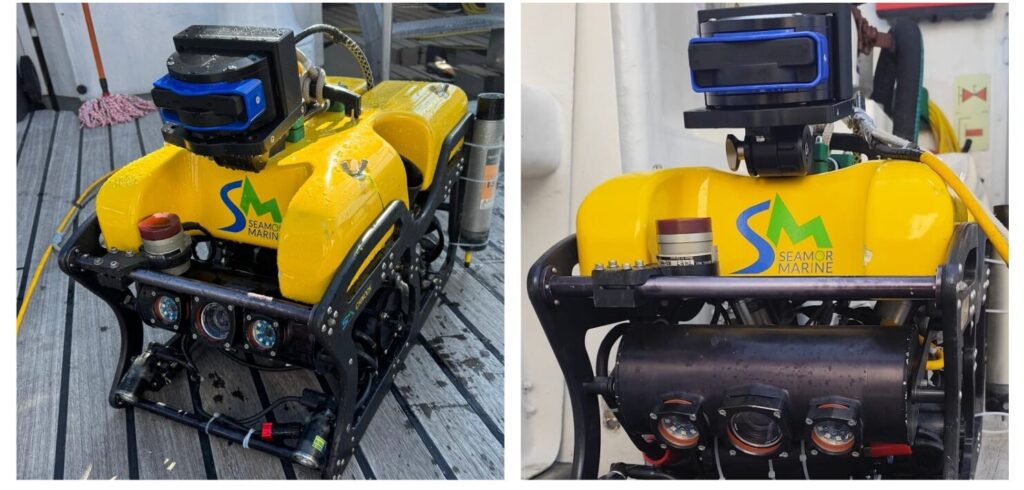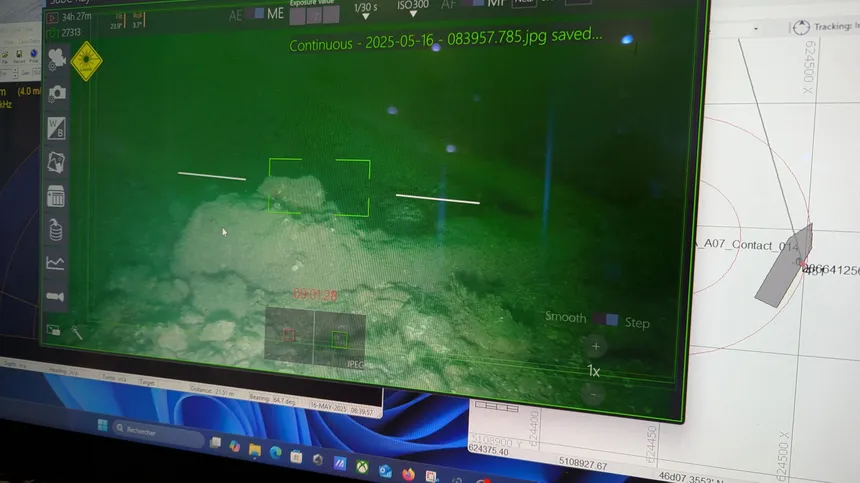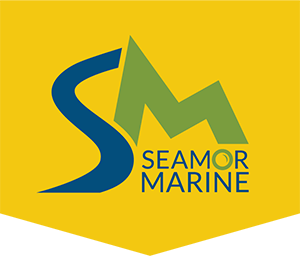Underwater Archaeology with the Chinook ROV
Though much media attention has been paid to the plight of marine ecosystems, far less has been paid to the critically sensitive field of marine archaeology. Marine archeologists specialize in analyzing sites and artifacts that are submerged in fresh water or saltwater environments. The challenges to access and the risk of artifact degradation due to environmental factors makes this type of work extremely difficult and time sensitive.

Chinook ROV Reveals Submerged Maritime Treasures
One such team undertaking this vital work is from INRAP, France’s National Institute for Preventive Archaeological Research, led by archaeologist and diver Aurore Barraud de Lagerie. At an offshore site near La Rochelle, France, de Lagerie and his crew are using SEAMOR Marine’s Chinook ROV, provided by Copetech-SM, to explore over two dozen seafloor targets identified by previous research. Copetech-SM’s Chinook ROV is equipped with the Imagenex 852 Ultra-Miniature Scanning Sonar and the Tritech Gemini 720ik Multibeam Sonar. On behalf of INRAP, this expedition was commissioned in response to a proposal to build a new offshore wind energy project that might disturb or destroy the sites in question.
Outfitted with SEAMOR Marine’s ROV-mounted HD camera, de Lagerie was able to quickly establish that at least half the sites contained items of potential archeological significance. “About half of the targets fall into the category of maritime cultural heritage,” de Lagerie reports. “Most importantly, we found an especially interesting cluster of anchors.”
High-Resolution ROV Imaging for Artifact Preservation
One object, captured through the ROV’s camera, was an anchor resting at 20 meters depth which was likely from the 18th or 19th century. With the Tritech Multibeam Sonar the team captured hundreds of images to generate a 3D photogrammetric model of the anchor, enabling archaeologists to study its shape and features in detail at a later date. The next step will be to determine the historical and cultural value of the anchor and other finds, confirming their age, origin, and rarity. INRAP will then assess whether any preservation action is needed and whether the planned wind energy project’s routing must be adjusted to protect these underwater artifacts.

Preserving Underwater Heritage for the Future
Though France is one of 79 countries that ratified the UNESCO Convention for the Protection of Underwater Cultural Heritage in 2001, this heritage remains increasingly at risk from coastal development, trawling, and the growing effects of climate change. “Preventive archaeology has led to major discoveries over the past two decades,” says Souenn Fontaine, archaeologist and head of INRAP’s underwater archaeology division. “Underwater archaeology is more recent, but it has already delivered some incredible finds. France is one of the few countries with robust legal protections for underwater preventive archaeology.”
SEAMOR Marine is proud to support the archeological efforts of INRAP, where precision technology helps protect both our environmental and the cultural legacy hidden beneath the waves. We wish de Lagerie and his team the best of luck as they unearth treasures hidden beneath the waves for decades or centuries through the eye of our Chinook ROV.
